(JNS) The Israel Defense Forces’ withdrawal from the ruins of Gaza City signaled the start of the first stage of the Trump 20-point plan for the Gaza Strip.
The withdrawal was carried out under the auspices of a wide-ranging arrangement backed by the United States and multiple Arab states, and has been broadly perceived as the final bell for the Gaza war.
In apparent confirmation of this assumption, Shosh Bedrosian, a spokesperson for the Israeli Prime Minister’s Office, said on Thursday that “all of the prime minister’s objectives have now been achieved.”
Vast swaths of Israeli society share the PMO’s optimism. In Hostages Square in Tel Aviv, hostage families and supporters of the “Bring them Home Now” movement sang US President Donald Trump’s praises and hailed the deal as a historic victory for Israel.
Israeli admirers of the deal can point to several critical Hamas concessions to justify their elation.
For one, Hamas agreed to give up all the hostages, both living and dead, in a 72-hour window, something that many analysts believed would never happen. The implementation of this clause deprives Hamas of its “ace in the hole,” as the hostage issue was central to limiting Israeli military engagement in the Gaza Strip during the offensive campaigns.
In addition to quickly securing the remaining hostages, Israel retains control of large areas of Gaza, at least under the first stage of the deal.
There is no strict stipulation for a full withdrawal under the Trump plan. The combination of the release of all the hostages, combined with only a partial withdrawal from Gaza, has led multiple analysts to comment that this deal is very favorable to Israel.
“The deal was very fair for Israel. Hamas was isolated due to the great leadership of Trump. Overall, many of Israel’s goals were achieved,” former Israeli deputy foreign minister Daniel Ayalon told JNS.
However, many point to the Trump deal’s dark underbelly and the heavy price that might yet have to be paid. Dan Diker, president of the Jerusalem Center for Security and Foreign Affairs, described the deal as a complex diplomatic tightrope requiring constant pressure to realize its potential.
“The trap is that this very important first stage is only the first step to a much larger goal that is yet to be achieved,” Diker told JNS. “However, if this deal happens, we can expect pressure to end the war, which would bring us back to Oct. 6, 2023, and could arguably cause the shelving of some of the critical war aims set out by the prime minister,” Diker added.
Other analysts painted the deal not only as a dangerous diplomatic maneuver but as an outright defeat.
“I find it inconceivable that the mighty IDF, with all its air force and navy and tanks and special forces, was unable to destroy a lightly armored militia. If someone told me on Oct. 6 that after two years, Hamas would emerge unvanquished, I would dismiss them as a fool,” Martin Sherman, senior researcher at the Israel Defense and Security Forum, told JNS.
Sherman believes that any deal with Hamas already constitutes a partial defeat for Israel. “How many victories have been achieved by paying a ransom, even if the price is lower than what you might have originally expected?” Sherman noted.
Beyond the ideological implications of a “deal with the devil,” Israel was also forced to make immediate concessions with no concrete returns before any concessions were extracted from Hamas.
Israel ceased offensive operations in Gaza on Saturday and effected a total ceasefire as of Friday. For five days, Israel was in a state of military lethargy with no agreed deal on the table, much less a return of hostages.
The current outline of the deal immediately contradicts Israeli Prime Minister Benjamin Netanyahu’s long-standing commitment to only negotiate “under fire.” The principle states that Israel would not let up its military pressure on Hamas until concrete concessions were extracted.
Indeed, the Trump deal does not achieve the aims of the war, neither in terms of dismantling Hamas nor in terms of making sure Gaza does not pose a threat to Israel.
Although there are clauses in the plan that do call for Hamas disarmament, the enforcement and verification methodologies are not explicitly explained. The deal does not explicitly address the possibility of Hamas choosing not to disarm, or what the scale and nature of the disarmament are expected to be.
See: Trump: If Hamas doesn’t disarm, US will do the job ‘quickly and perhaps violently’
The outsized role of Hamas’s supporter states like Turkey and Qatar, and their likely role in a post-war Gaza, make the full disarmament of Hamas a precarious proposition. Diker noted that “the countries behind the deal, namely Turkey and Qatar, prefer to keep Hamas squarely in charge as the political, civil and military power in Gaza, over the Palestinian Authority or other Arab parties.”
A predictable pitfall of the deal is that the elation caused by the deal and the release of the hostages will create a diplomatic reality that may cover for vast swaths of Hamas retaining their weapons, with little ability for Israel to enforce the agreement.
“The disarmament of Hamas is deeply unclear. They will be re-entrenched very seriously in Gaza, and for now, there are no Arab volunteers who are going to come by and collect the arms from Hamas. If Hamas stays armed and in Gaza, then we will have lost the war. What we have right now is far from a clear, unequivocal victory,” Ephraim Inbar, former President of the Jerusalem Institute for Strategy and Security (JISS), told JNS.
In addition to the likely continued Hamas presence in Gaza, the current deal also comes with the release of almost 2,000 terrorists and security prisoners from Israeli jails.
Since the start of the war, Israel has released over 4,000 terrorists, including almost 1,000 serving life sentences. Experts point out that the consistent pattern of release of terrorists in exchange for hostages has solidified a clear incentive for the taking of Israeli hostages and is likely to lead to future hostage takings in the future.
“Oct. 7 is the direct result of a hostage ransom that was paid for Gilad Shalit, and I see no reason why this new hostage ransom should not lead to something similar,” Sherman explained.
Beyond the direct threat from the remnants of Hamas and the newly released terror leaders, there is also a dire geopolitical threat associated with the post-war order set up under the auspices of the deal.
‘Turkey has a foot in the door’
During the negotiations, Qatar and Turkey, two major ideological opponents of Israel, took on a critical mediation role, which provided them with a lot of political currency with the Trump administration. Both countries are major backers of the Muslim Brotherhood and of Hamas. In the aftermath of the deal, it seems that most of the plaudits will fall on Turkey and Qatar, allowing them to take on an outsized role in the rehabilitation of Gaza.
“Turkey and Qatar definitely came out on top with this deal. They gained a lot of credit with the US administration,” Inbar observed. This role all but ensures the survival of Hamas, if not in name, then in essence, in Gaza, he added.
Ayalon explained the explicit danger associated with a Turkish rebuilding of Gaza. “Turkey has a foot in the door and Gaza. This is a very negative development. Turkey will likely try to preserve Hamas.
“Turkish construction companies will participate in the rebuilding of Gaza, and depending on their level of collaboration with Hamas, this can be dangerous not just geopolitically but on an actual security level in terms of Hamas’s military infrastructure,” he explained.
Furthermore, the new political capital will likely be spent by the radical Sunni states on lucrative deals with the United States. Qatar has already leveraged its mediator’s role into a security arrangement with Washington, as well as a new air force facility in Idaho.
Turkey, for its part, is likely to ride the tailcoats of the deal to gain approval for the purchase of F-35 fighter jets from the United States, which will put a major dent into Israel’s qualitative edge in military technologies in the Middle East.
“If Turkey ends up getting US F-35s out of the deal, this will be a very negative development for Israeli national security,” Ayalon observed.
The final danger associated with the new framework for Gaza is the role carved out for the PA in the text of the deal, as well as the implicit pathway towards an autonomous Palestinian state.
Despite Netanyahu’s famous promise that “Gaza will not become Hamastan and not Fatahstan,” the deal clearly stipulates that “when the PA reform program is faithfully carried out, the conditions may finally be in place for a credible pathway to Palestinian self-determination and statehood, which we recognize as the aspiration of the Palestinian people.”
The nature of the PA reform program has not been stipulated in the text of the deal; however, the explicit recognition, in principle, of the goal of Palestinian self-determination runs contrary to the long-proclaimed policy of the Netanyahu government.
Netanyahu addressed some of these concerns recently, saying, “The PA can have no role whatsoever in Gaza without undergoing a radical and genuine transformation.”
Diker cautioned that even without an official PA rule, it is critical to ensure that a PA-like force doesn’t come to power in Gaza. “There is no technocratic interim government that doesn’t directly lead either to the PA or to Hamas,” Diker noted.
The litany of potential negative repercussions means that after the first stage of the deal, Israel may need to choose between compromising on its war aims or restarting the war. Netanyahu addressed these concerns in a recent video message, saying, “Hamas will be disarmed, and Gaza will be demilitarized. If this is achieved the easy way, great. And if not, it will be achieved the hard way.”
However, experts agree that the major internal and external pressures will make a continuation of fighting very difficult. “I don’t think we can easily restart the war. Most of the world is happy with the way things stand now, and they really don’t care about what happens with Hamas,” noted Inbar.
On the domestic front, the forces pushing for an end to the fighting are not likely to be placated by the return of the hostages.
While the domestic pressure on the Netanyahu government was chiefly associated with the hostage movement, Inbar explained that there were deep political roots to much of the protest movement that are unlikely to disappear even after the hostages return.
“The issue of the hostages was secondary for much of the forces aligned against the prime minister. They wanted to get Bibi out. Now that the hostages are out of Gaza, there will be a new reason to protest,” Inbar explained.
On the international front, the development of the network of diplomatic relationships across the Middle East has played a central role in both of Trump’s terms, and the administration has clearly signaled an intent to move forward with a series of normalization deals that the war has previously stymied.
“From Trump’s point of view, this war is a strategic obstacle to his vision of a new and prosperous Middle East,” Diker explained.
“This suggests a real concern that Hamas may try to use the newfound political capital generated by freeing the hostages to lean on American impatience with the ongoing conflict in Gaza, to prevent a restart to the fighting,” he concluded.
Want more news from Israel?
Click Here to sign up for our FREE daily email updates


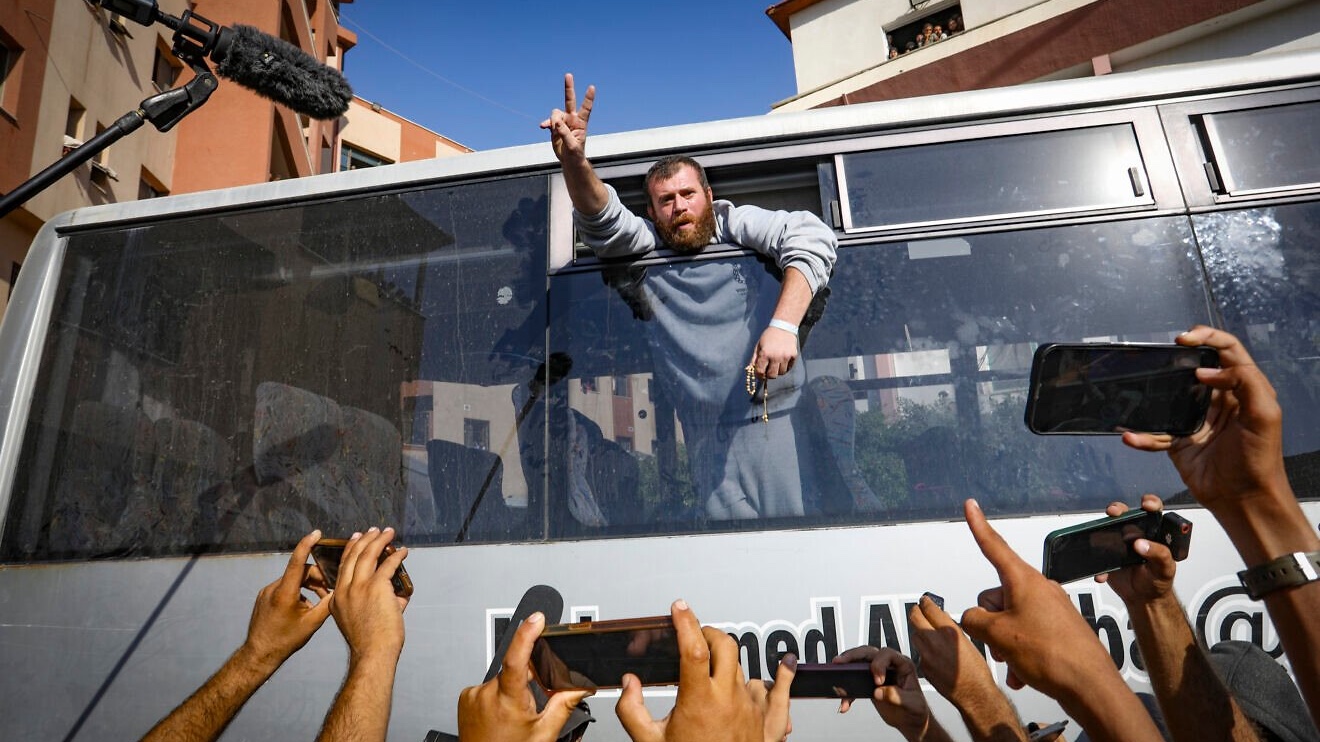





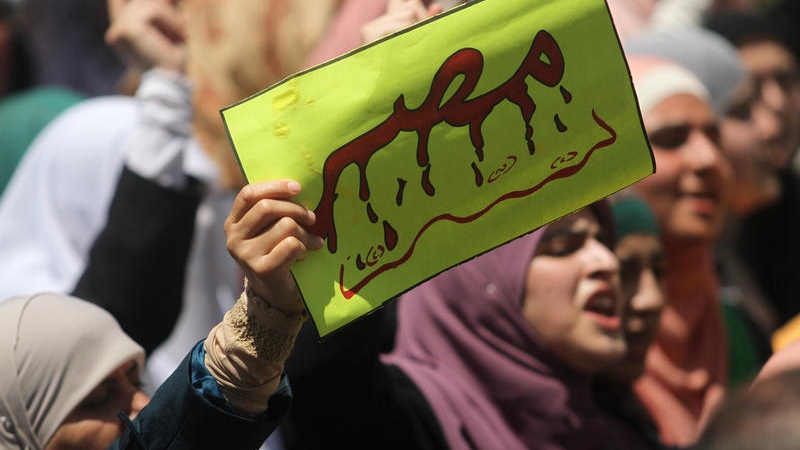
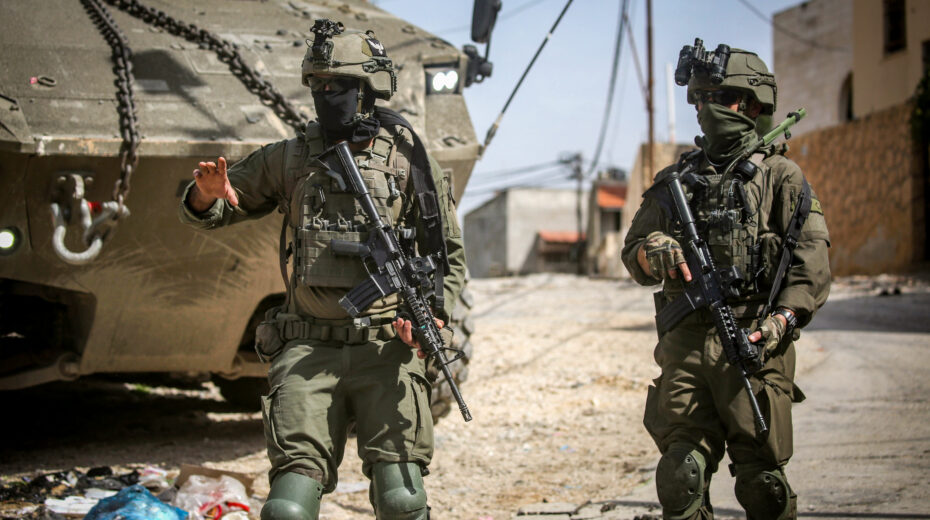


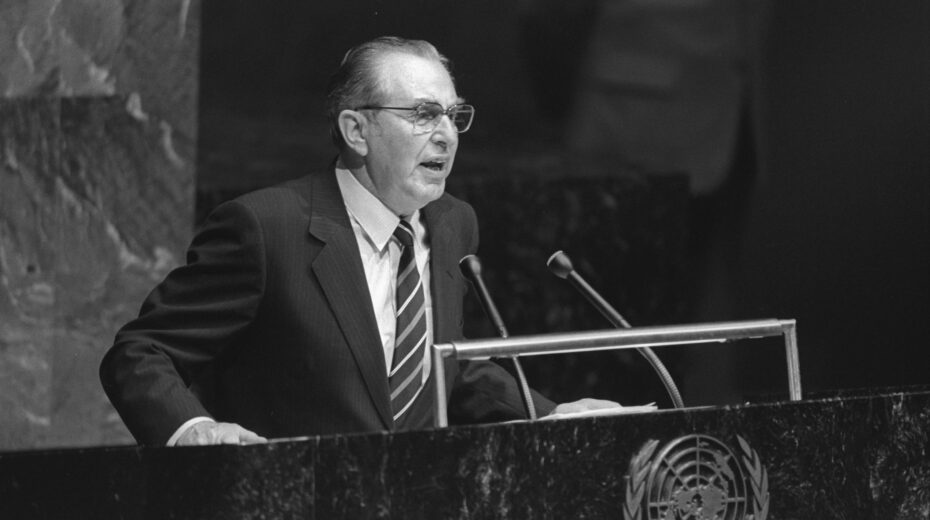
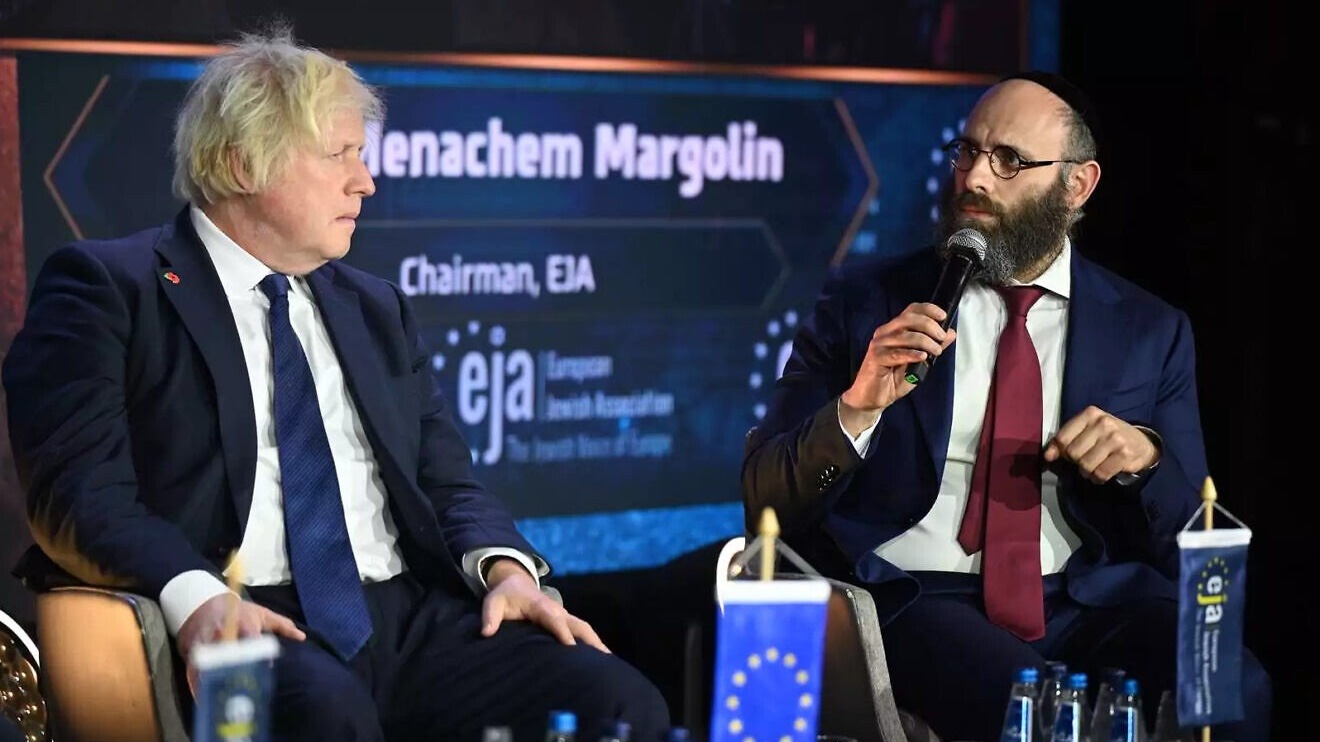

Terrorism is contained within the heart of mankind.
You cannot remove it from the hearts and minds of people. It cannot be destroyed off the face of the earth. People in disobedience to God give themselves to be slaves to “the prince and the power of the air.” Satan’s war with God is birthed center-stage in the hearts of mankind. It is a battle of spirits [good vs. evil], which cannot be seen by the human eye. Only God can win the battle; and he alone can transform the hearts and minds of terrorists – we are all terrorists by God’s definition, when we are opposing his laws and commandments for governing our own personal lives and actions. The battle against any organization of terror and hate cannot be won by human strength or ingenuity; it takes God’s intervention and his power to control the works of satan’s dark world on earth.
Psalm 146:3-5 KJV
3 Put not your trust in princes, nor in the son of man, in whom there is no help.
4 His breath goeth forth, he returneth to his earth; in that very day his thoughts perish.
5 Happy is he that hath the God of Jacob for his help, whose hope is in the Lord his God:
Proverbs 16:7 KJV
7 When a man’s ways please the Lord, he maketh even his enemies to be at peace with him.
Ephesians 6:12 KJV
12 For we wrestle not against flesh and blood, but against principalities, against powers, against the rulers of the darkness of this world, against spiritual wickedness in high places.